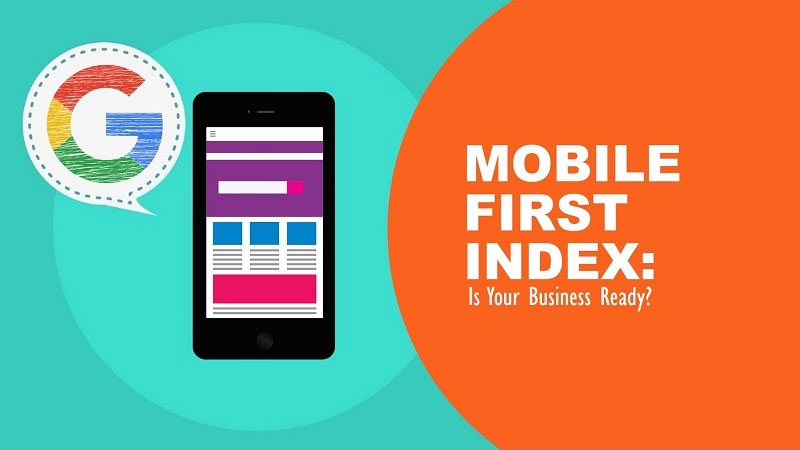We hope you enjoy reading this blog post
If you need help with website or marketing, book a call with our team for a free 360° overview and actionable recommendations report. Book a call

If you need help with website or marketing, book a call with our team for a free 360° overview and actionable recommendations report. Book a call

This week Google announced that after year and half of careful experimentation and testing they started to migrate sites that follow best practices to mobile first indexing.
Mobile first indexing means that Google will use the mobile version of the page for indexing and ranking, to better help – primarily mobile – users find what they’re looking for.
Google is notifying sites that are migrating to mobile first indexing via Search Console. As result these site owners will see significantly increased crawl rate from the Smartphone Googlebot and Google search will show the mobile version of pages in Search results and Google cached pages.
Mobile first indexing is exactly what it sounds like. It means that the mobile version of your site becomes the baseline for what Google includes in their index, and how they determine rankings. If your site does not have mobile friendly version, Google will still include your site in the index but, mobile friendly sites would receive a higher rankings even for searchers on a desktop.
In the past, marketers view the desktop version as the primary and treated it as the most comprehensive marketing tool with full content. As mobile devices increased in popularity, responsive design was born to accommodate growing user base who conduct searches and browse online using mobile phones. The idea of mobile first index surfaced in 2015 when number of mobile searches passed 51% globally.
The most important thing you can do now is make your site responsive. to find out.
Marketers now have to go back and review their content and maybe adjust it for mobile. Most content created for mobile in naturally shorter. You might consider other types of content such as video or audio that you could integrate into your strategy. The transcript could be part of the page as well to insure maximum SEO impact.
Don’t make them wait – Site load speed becomes very important for mobile first index. You need to be aware of weight of your content and imagery. This can drastically effect load speed. Hubspot has a great article about this.
User experience has become an important signal for Google. GoogleBot sees what real users see. Google is also able to see how users will experience page scrolls on a mobile interface, if the buttons large enough to click on and if the interface confusing to mobile users. All these elements need to be evaluated with your design team and addressed if needed.
In the past, we’ve seen Google make a steady push for rich content, quality links, and a perfect mobile experience. As mobile first index story continues to unfold, marketers will need to go deeper into the data to understand the full impact.
Please complete the form below and one of our team members will be in touch shortly.